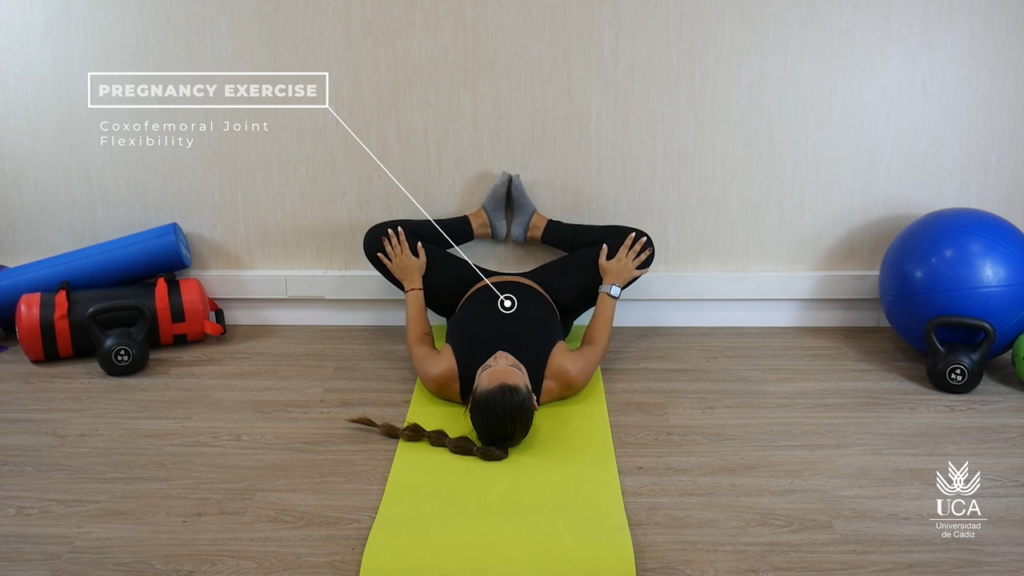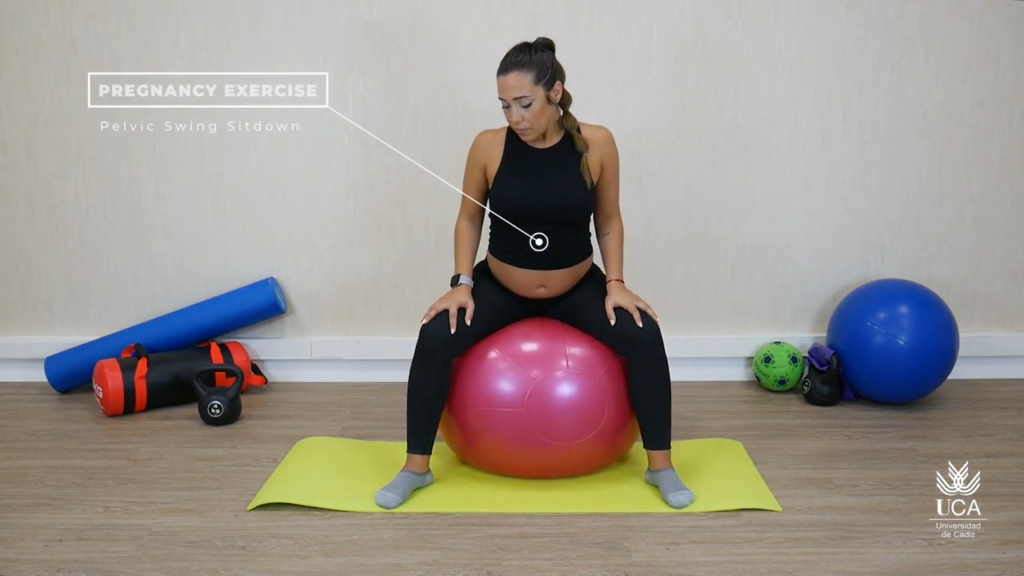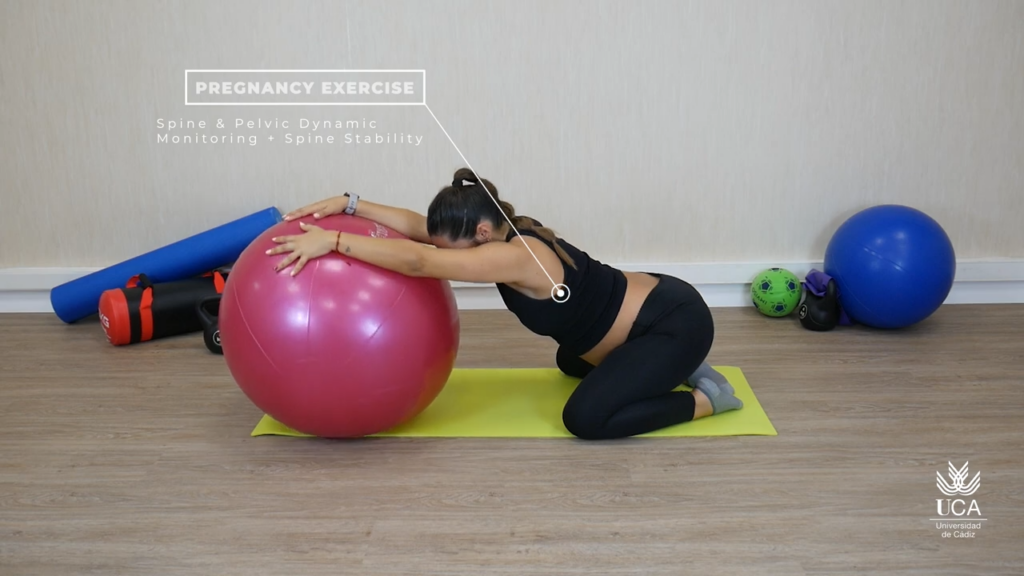Returning to physical activity after childbirth is an important aspect of postpartum recovery for women. Engaging in regular exercise can have numerous physical and psychological benefits, including improved cardiovascular fitness, strength, and mood. However, it is crucial for women to approach postpartum exercise cautiously and follow appropriate guidelines provided by gynecological societies to ensure a safe and effective return to physical activity. This article outlines evidence-based recommendations derived from guidelines of gynecological societies to provide guidance for women seeking to resume exercise after childbirth.
American College of Obstetricians and Gynecologists (ACOG) advises that women with uncomplicated pregnancies can begin or resume moderate-intensity aerobic exercise postpartum as soon as they feel ready, typically after their healthcare provider gives them clearance (1).
According to Royal College of Obstetricians and Gynaecologists (RCOG), women can start gentle exercise, such as walking, pelvic floor exercises, and stretching, soon after birth. They recommend gradually increasing the intensity and duration of exercise over time, guided by individual comfort and physical ability (2).
Canadian Society for Exercise Physiology (CSEP) suggests that women wait until they have received medical clearance, usually around six weeks postpartum, before commencing or resuming exercise. They emphasize the importance of gradually increasing exercise intensity and incorporating both aerobic and strength training activities (3).
National Institute for Health and Care Excellence (NICE) recommends that women should be encouraged to engage in regular physical activity after childbirth as part of a healthy lifestyle. They advise that exercise should be based on individual preferences and capabilities, incorporating both aerobic and strength training exercises (4).
The Royal Australian and New Zealand College of Obstetricians and Gynaecologists (RANZCOG) recommends that women start with gentle activities and gradually increase exercise intensity and duration as they recover. They emphasize the importance of pelvic floor muscle exercises and proper technique to prevent pelvic floor dysfunction (5).
Returning to physical activity after childbirth is a gradual process that should be approached with caution and in accordance with guidelines provided by gynecological societies. By following these evidence-based recommendations, women can safely and effectively resume physical activity, promoting their overall health and well-being postpartum.
Agata Mroczek
References:
- American College of Obstetricians and Gynecologists. ACOG Committee Opinion No. 650: Physical Activity and Exercise During Pregnancy and the Postpartum Period. Obstet Gynecol. 2015;126(6):e135-142. doi:10.1097/AOG.0000000000001214
- Royal College of Obstetricians and Gynaecologists. Exercise in Pregnancy. Green-top Guideline No. 62. 2019. https://www.rcog.org.uk/for-the-public/browse-all-patient-information-leaflets/physical-activity-and-pregnancy/. Accessed June 30, 2023.
- Canadian Society for Exercise Physiology. Canadian Guideline for Physical Activity throughout Pregnancy. 2019. https://csepguidelines.ca/guidelines/pregnancy/. Accessed June 30, 2023.
- National Institute for Health and Care Excellence. Postnatal Care Guideline. CG37. 2022. https://www.nice.org.uk/guidance/qs37. Accessed June 30, 2023.
- The Royal Australian and New Zealand College of Obstetricians and Gynaecologists. The First Few Weeks Following Birth. https://ranzcog.edu.au/wp-content/uploads/2022/06/First-few-weeks-pamphlet.pdf. Accessed June 30, 2023.




